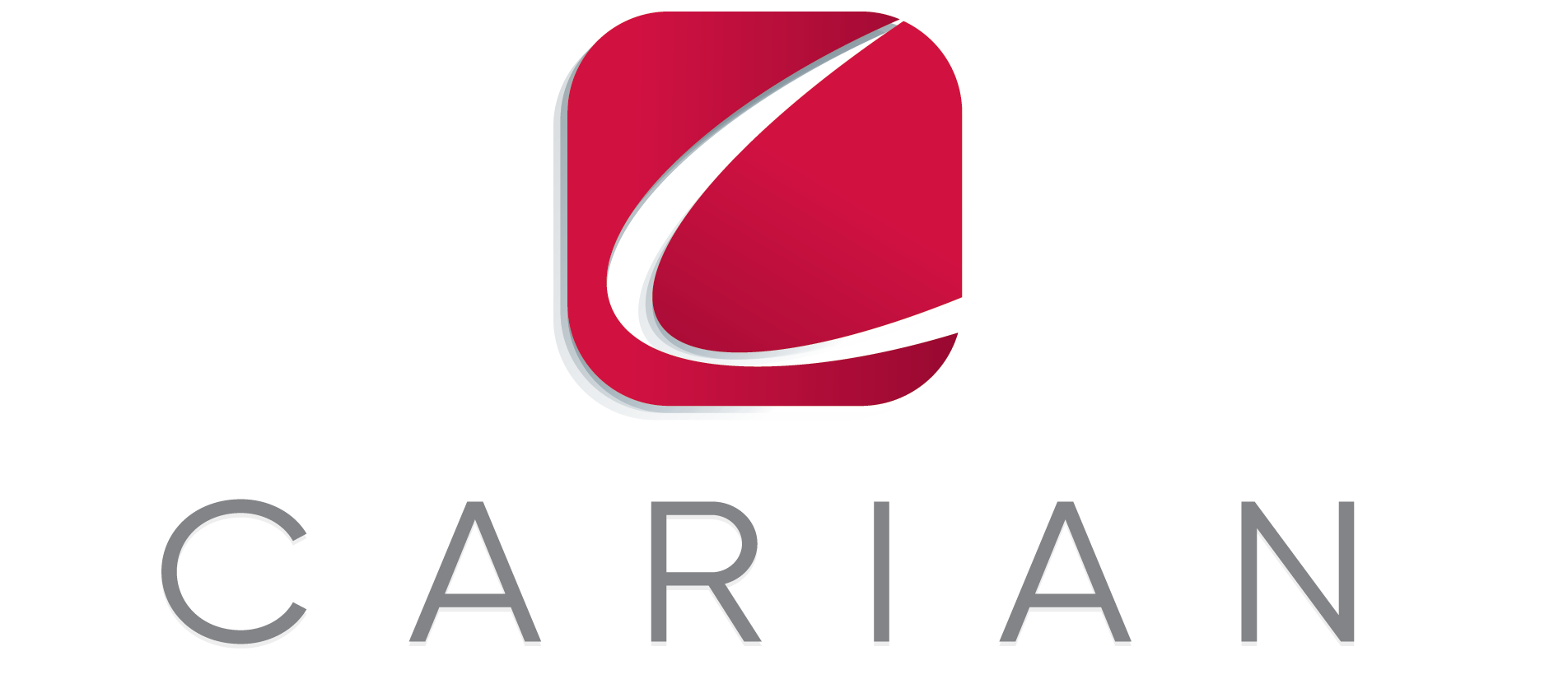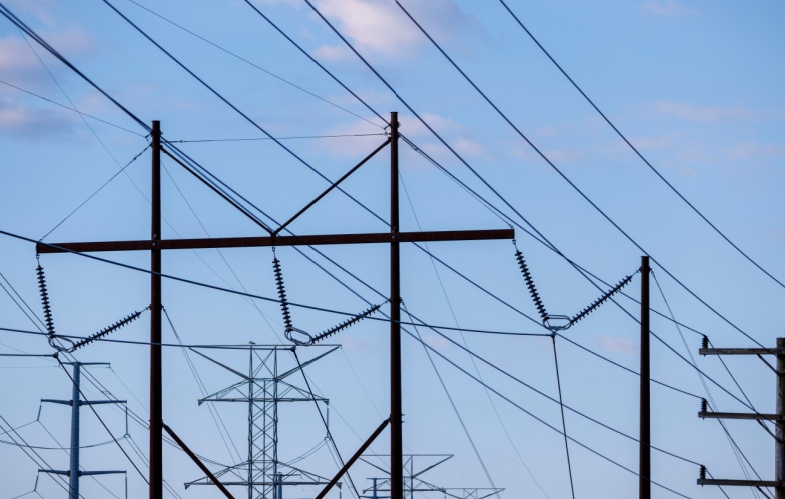Industry Insight
A Collision of Forces
The lights stayed on during the recent polar vortex, but behind that reliability lies a brewing crisis. Nearly half of today’s utility workforce will retire within the next decade just as electricity demand accelerates, driven by AI data centers, electrification, and reshoring of heavy industry.
This collision of departing expertise and surging demand will define the sector. The challenge is no longer simply hiring to fill vacancies. It is building the organizational capacity to execute unprecedented capital programs while institutional knowledge drains out.
Why the Workforce Gap Matters
Workforce constraints are not abstract HR problems. They directly affect execution:
- Grid reliability. Fewer experienced operators mean slower response to outages and emergencies.
- Regulatory compliance. Delayed projects trigger penalties, stranded generation, and public scrutiny.
- Capital delivery. Multi-billion-dollar investment plans stall without labor aligned to execution.
In short, program delivery discipline depends on workforce readiness.
Patterns We See
The execution challenges show up in three consistent ways:
- Retirements accelerating. Utilities face steep attrition in linemen, electricians, and project managers with 30–40 years of institutional knowledge.
- Pipeline pressures. Training pathways have thinned, leaving shallow benches for mission-critical roles.
- Attrition rising. Younger workers cycle out faster, making it difficult to stabilize crews and maintain reliability.
Without intervention, utilities risk bottlenecks that cascade from project schedules to compliance outcomes.
From Reactive to Strategic
Leading utilities are shifting from reactive hiring to strategic workforce modeling that ties human capital directly to capital planning.
- Predictive analytics identify roles most at risk for vacancy.
- Scenario modeling integrates workforce capacity into project sequencing.
- Knowledge-transfer programs capture expertise before retirement.
- Integrated platforms connect workforce, financial, and capital data into a single forecasting model.
Proof Point: In industry examples, utilities that modeled retirements years in advance avoided multi-year delays on billion-dollar programs by stabilizing staffing pipelines. By securing training partnerships and staggering retirements, they kept project staffing stable through peak construction.
This is the difference between reacting to vacancies and forecasting them years ahead.
The Strategic Advantage
Utilities that invest now in workforce modeling, training pipelines, and program management discipline will gain a competitive advantage:
- Greater ability to commit to capital plans
- Faster response to regulatory changes and market needs
- Reliability performance that builds stakeholder confidence
Those that delay risk execution bottlenecks, compliance failures, and erosion of public trust.
The CARIAN Perspective
At CARIAN, we view workforce planning not as an HR exercise but as infrastructure planning. Our teams have helped utilities integrate labor forecasts into capital delivery models, ensuring the right skills are in place when project demand peaks.
We’ve supported clients in building program structures where knowledge transfer cut forecast errors in half, and where early workforce modeling prevented construction delays that would have otherwise added hundreds of millions to program costs.
The workforce challenge is not just about filling vacancies. It is about aligning human capital with capital programs. The utilities that master this integration will not just survive the next decade. They will define it.




